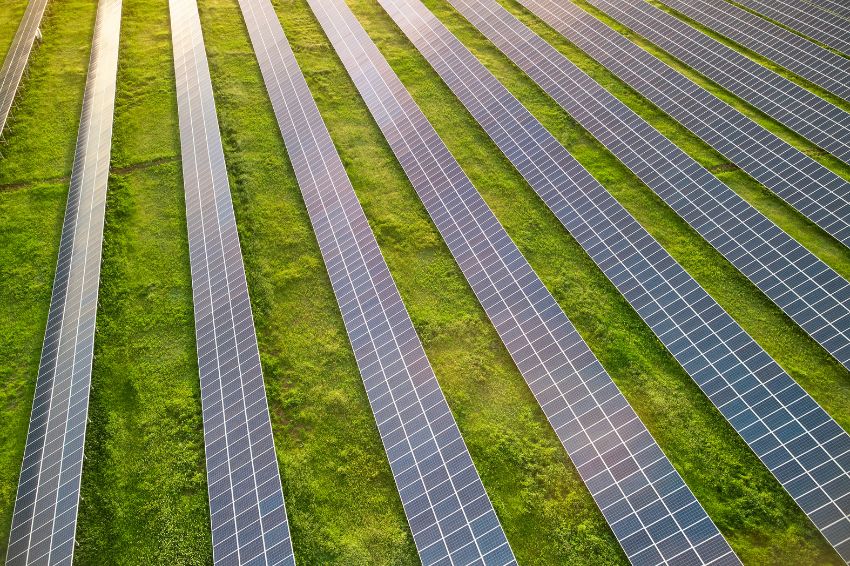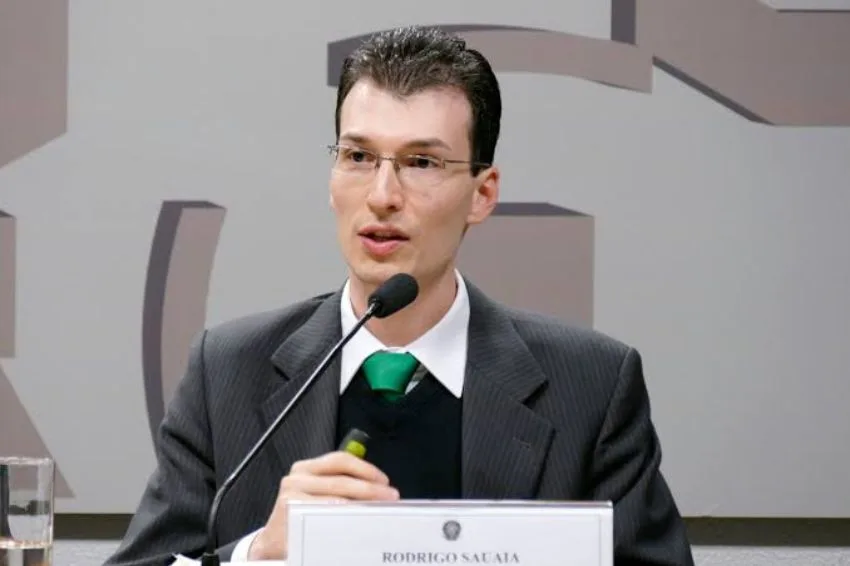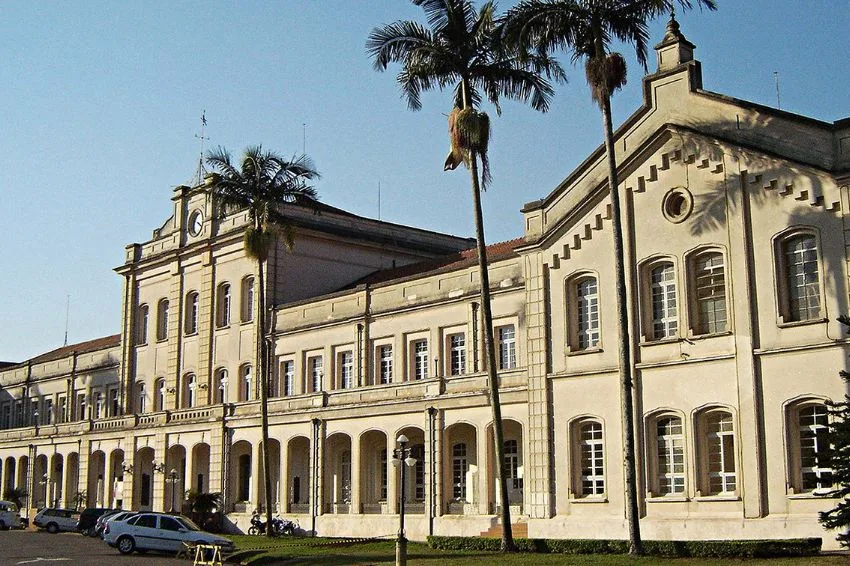A ANEEL (National Electric Energy Agency) found that the insertion of distributed energy resources is already a reality in the country, with more than 10.9 GW of installed power of distributed micro or minigeneration (98% from photovoltaic solar source).
This analysis was carried out through a previous study carried out by the Agency, which received contributions during Subsidy Intake No. 11/2021, related to the preparation of proposals for regulatory models for the insertion of such resources.
According to the survey, distributed storage systems, electric vehicles, microgrids, virtual plants and demand response programs will soon be installed in Brazil.
For this to occur, the distribution system will need to be prepared to operate in these conditions with safety, reliability and lower cost for consumers.
Recommendations
The recent change in the consumer profile, driven by technological advances and more active participation in the possibilities of energy supply and use, is one of the main points of attention in the research.
“It is recommended that a strategic plan be published to adapt current regulations, in order to enable the evolution of the distribution system in a sustainable manner, taking into account the challenges of new investments for the modernization of the network, with tariff impacts, and benefits expected in the medium and long term”, said ANEEL in a note.
More about the study
A Technical Note nº 033/2022-SRD/ANEEL presents the technical evaluation of the 2,559 contributions sent by 63 agents and consumers in the period from 24/06 to 24/09/2021.
Among the topics that stood out were the implementation of smart meters, based on cost-benefit analyses; and the adoption of hourly, multi-part tariffs and with a locational signal for all consumers;
Furthermore, they emphasized the inclusion of energy storage, not limited to the rules of distributed micro and minigeneration; and measures to encourage the charging of electric vehicles on the grid at times that do not impact the electrical system, as well as the injection of stored electricity into the vehicle's battery.

















